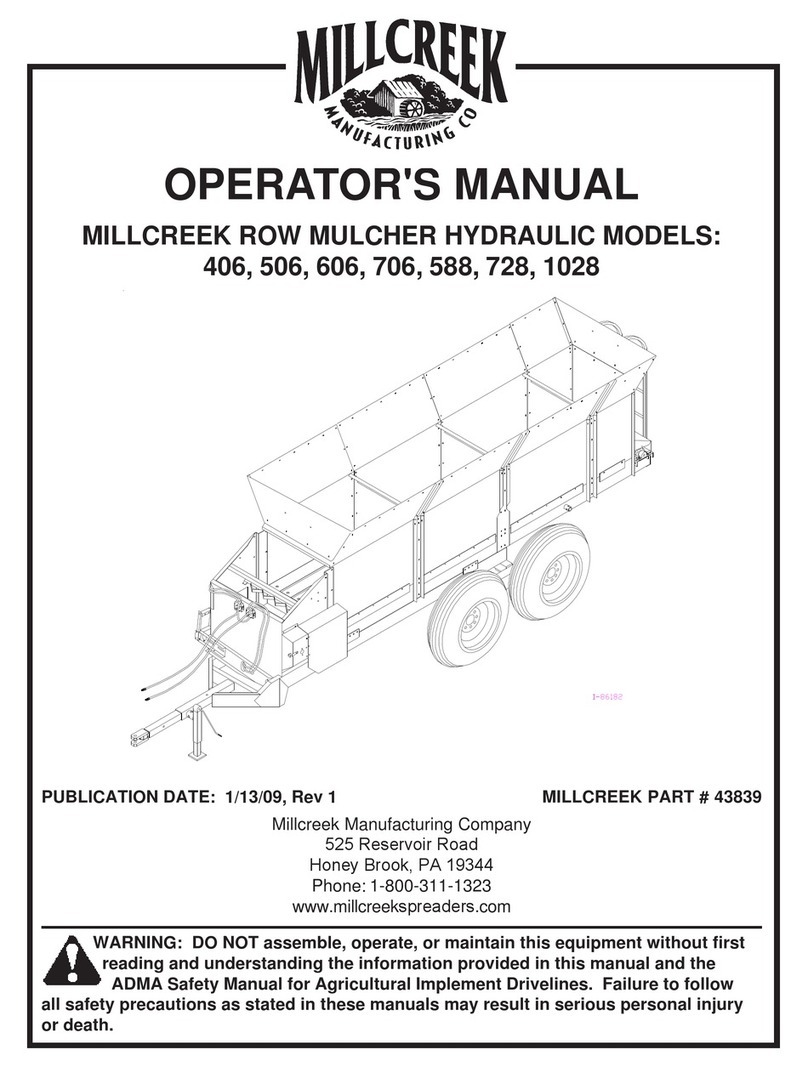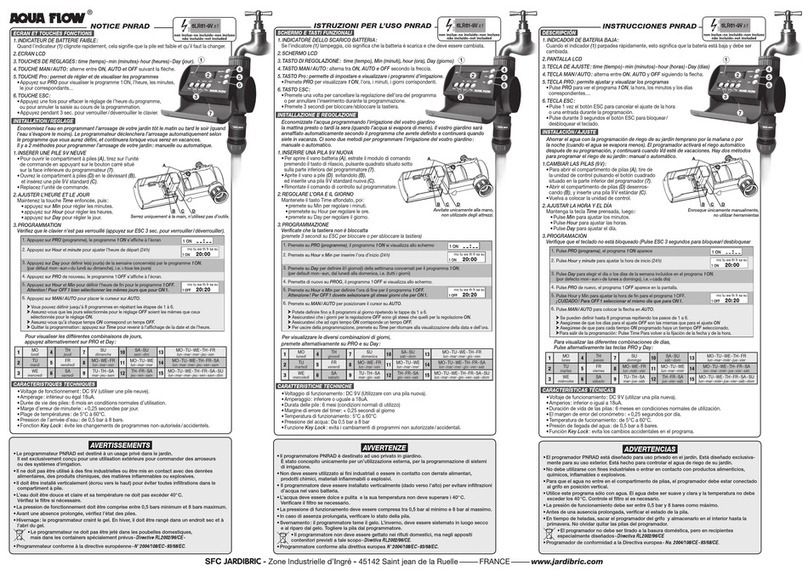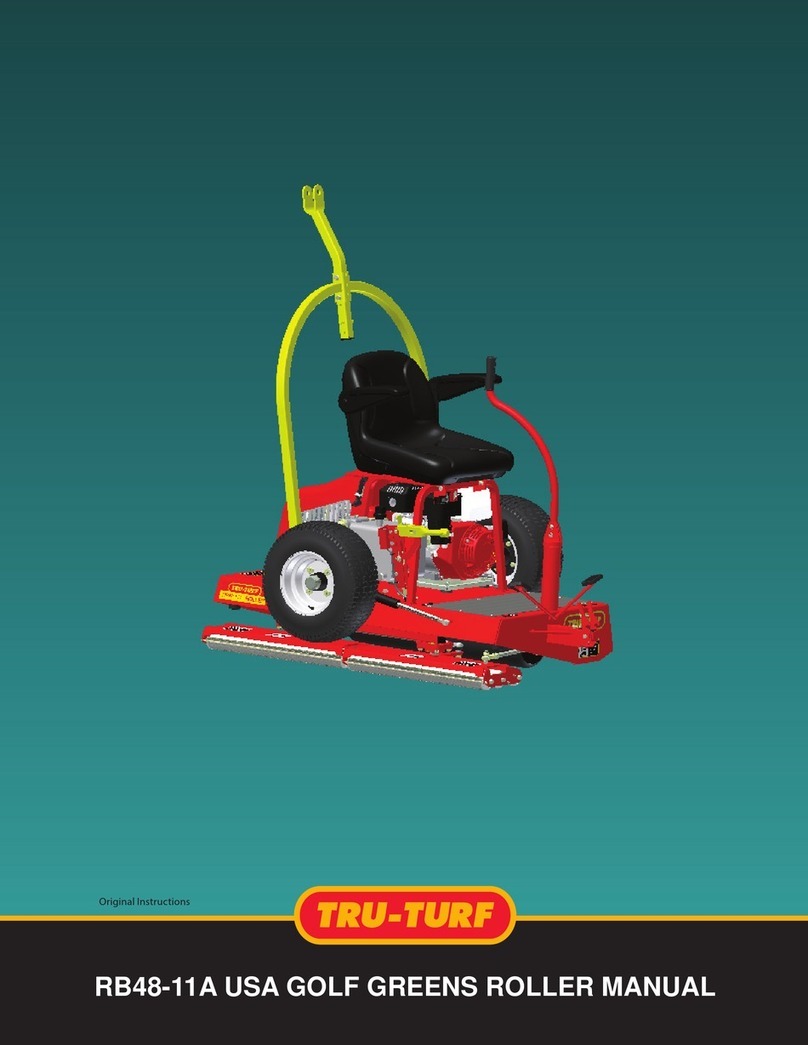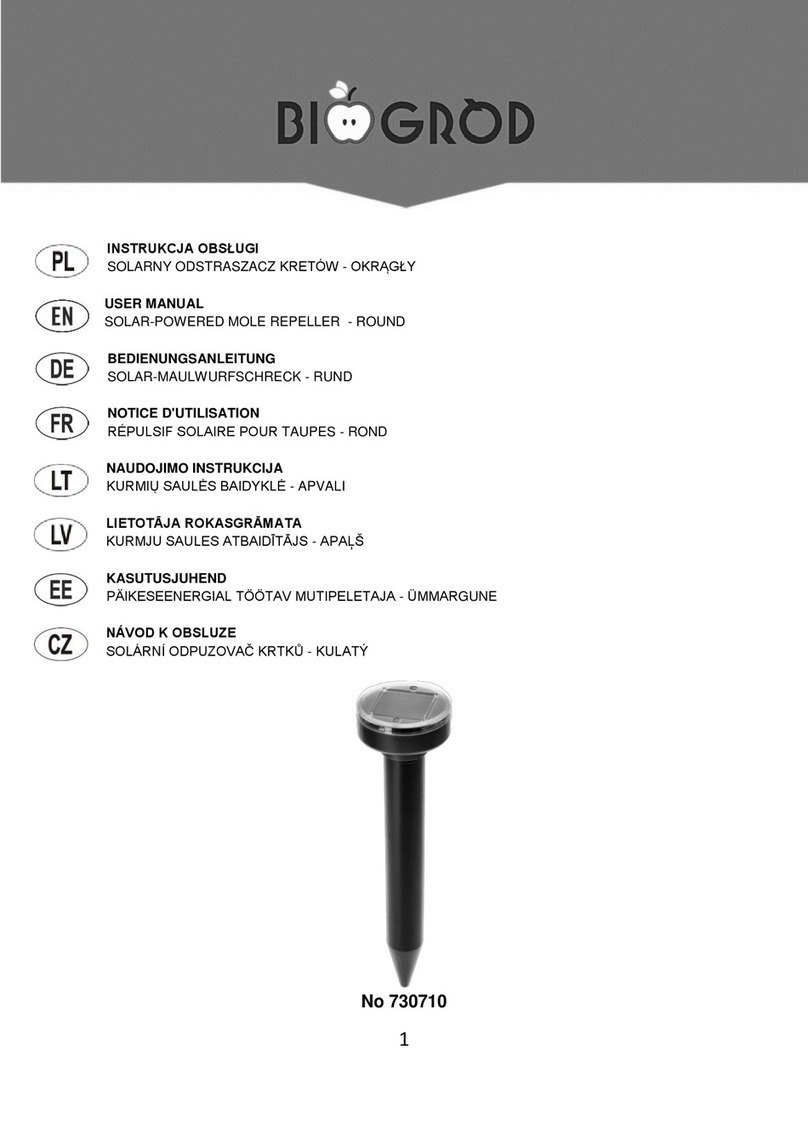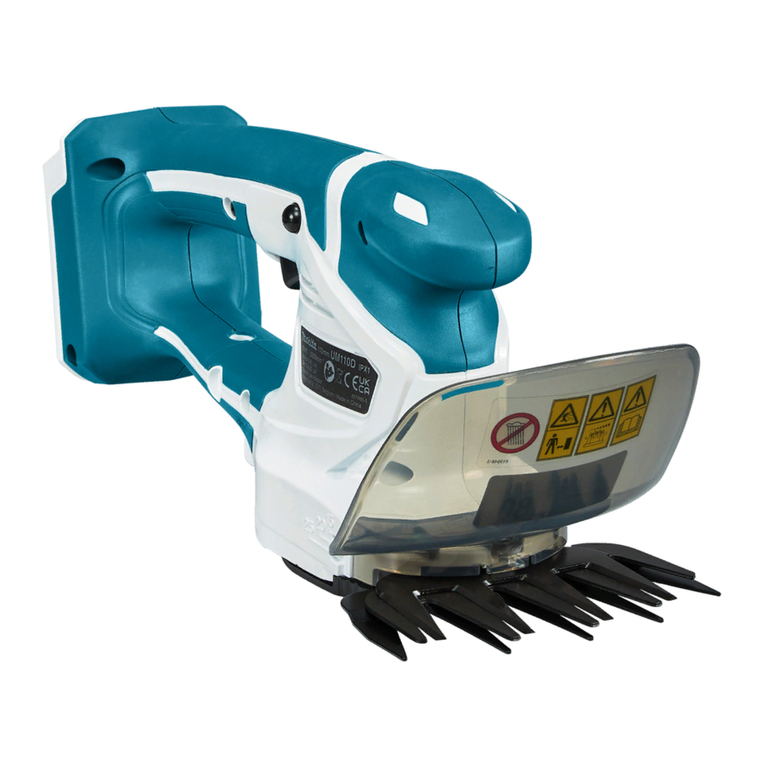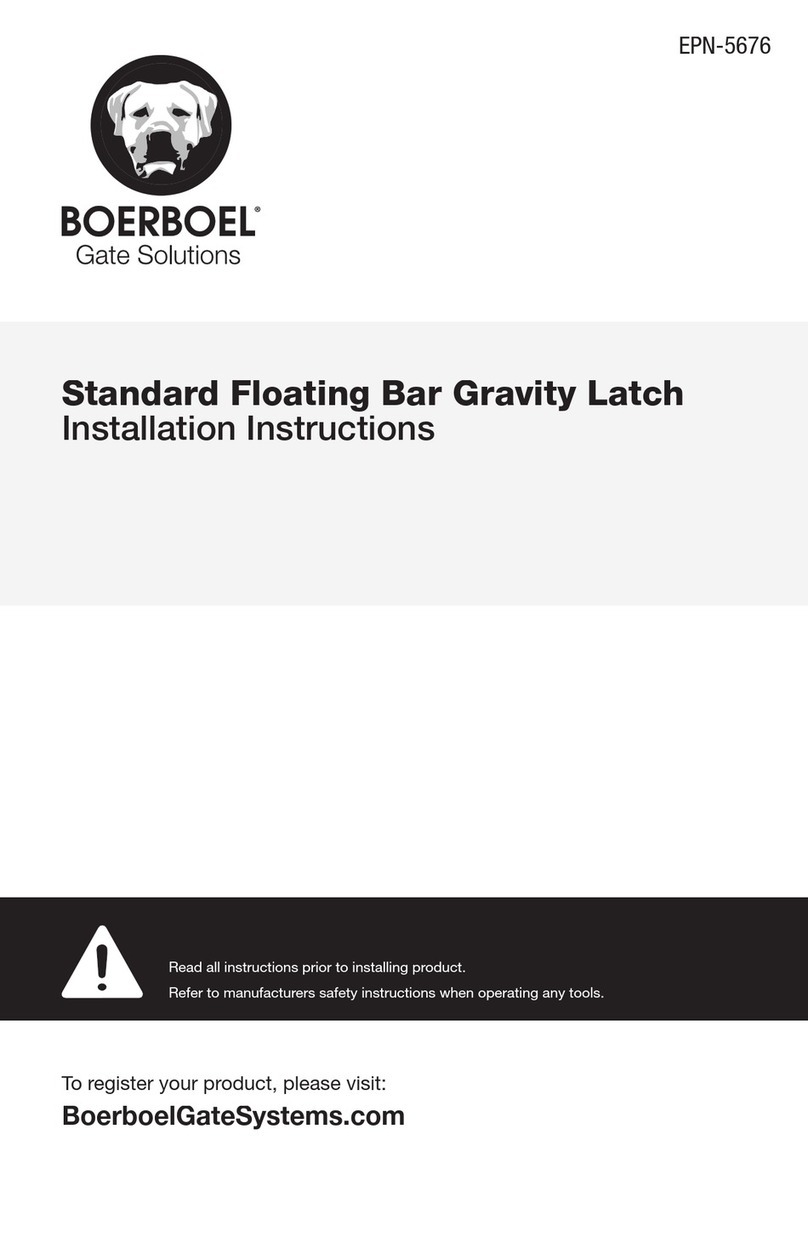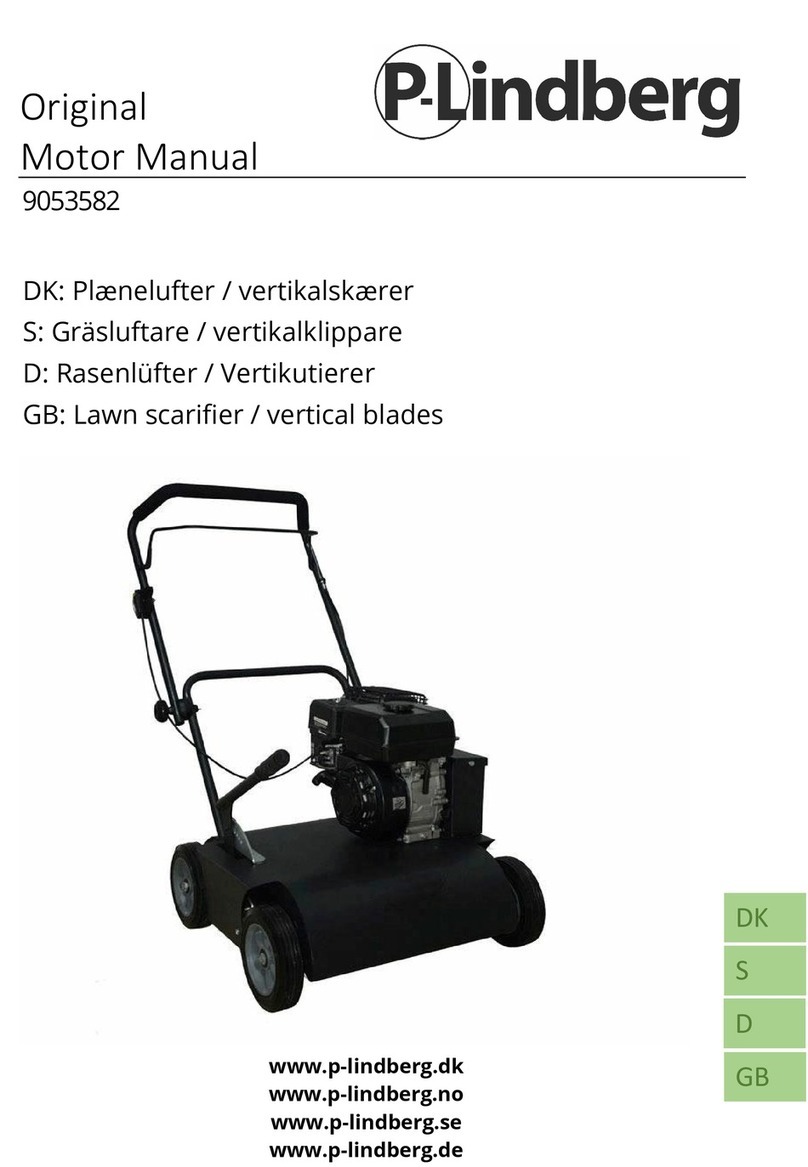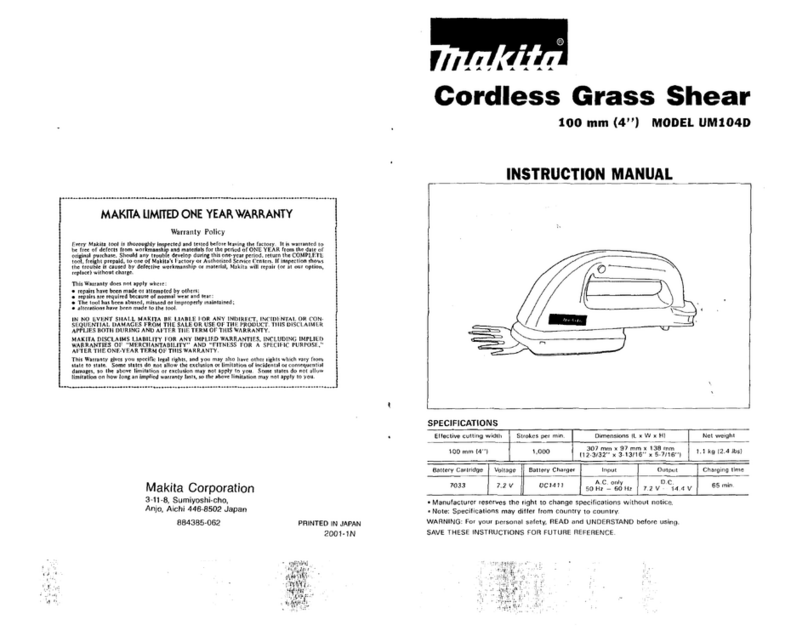
Introduction Steri-Vac 8XL Gas Sterilizer/Aerator
2
FEATURES & BENEFITS ⎯ETHYLENE OXIDE STERILIZATION
The Steri-Vac 8XL gas sterilizer/aerator is a
compact unit designed to sterilize heat- and/or
moisture-sensitive devices. It utilizes a fully
automatic control system to ensure that proper
sterilization conditions are met, and to minimize
the possibility of operator exposure to ethylene
oxide gas.
Health care facilities throughout the world have
found ethylene oxide gas sterilization to be a
dependable and effective method of sterilizing
heat- and/or moisture-sensitive devices. There
are many benefits to gas sterilization:
• All microorganisms, including resistant
spores, are killed by the chemical reaction
with ethylene oxide.
• Materials can be pre-packaged, then
sterilized and maintained sterile until use.
• Ethylene oxide is relatively non-corrosive to
plastic, metal, or rubber materials.
• Ethylene oxide can penetrate and sterilize
irregular-shaped items.
• Biological monitoring systems (such as
3M™Attest™Biological Indicators) or
chemical monitoring systems (such as
3M™Comply™EO Monitor Tape or 3M™
Comply™EO Indicators) should be used to
ensure that sterilization parameters are met.
These monitoring systems can also be used
to distinguish processed materials from
unprocessed materials.
• Ethylene oxide can be used to sterilize those
materials that cannot be immersed in liquid
disinfectants or processed in dry heat, steam,
or other chemical vapor sterilization
systems.
Ethylene oxide should not be used to sterilize
liquids or devices that may be a potential source
of ignition. Contact the device manufacturer with
questions regarding the proper sterilization
method for a particular device.
Major Features and Benefits
Following are the major features and benefits of
the sterilizer/aerator:
Accurate and Dependable
The solid state electronic design provides
accuracy and dependability. The electronic
controller automatically stops the cycle and
displays the error code if errors are detected.
Continuous Temperature Monitoring
Under normal conditions, the temperature will be
maintained to within ±3°C of the selected cycle
temperature; if the temperature sensor detects a
temperature 4°C beyond the setpoint the
sterilization cycle will automatically stop.
Humidification
Multiple pulses of low-temperature steam help
assure proper humidification.
100% Ethylene Oxide Unit-Dose Cartridge
A unit-dose cartridge of ethylene oxide is
punctured inside the chamber only when proper
chamber conditions are achieved.
Negative Pressure
Throughout the cycle, the chamber remains at
negative pressure relative to the room so gas can
not escape into the sterilization work area. If a
leak failure does occur in the chamber, room air
will migrate into the chamber and the controller
will automatically detect the leak and interrupt
the sterilization cycle until service is performed.
Vacuum Controlled Puncture
The vacuum in the chamber provides the force to
puncture the cartridge; this cannot occur unless
the door is closed and a vacuum below 160
mbars exists in the chamber.
Cycle Status Display
The display on the front panel of the sterilizer
shows cycle status.


